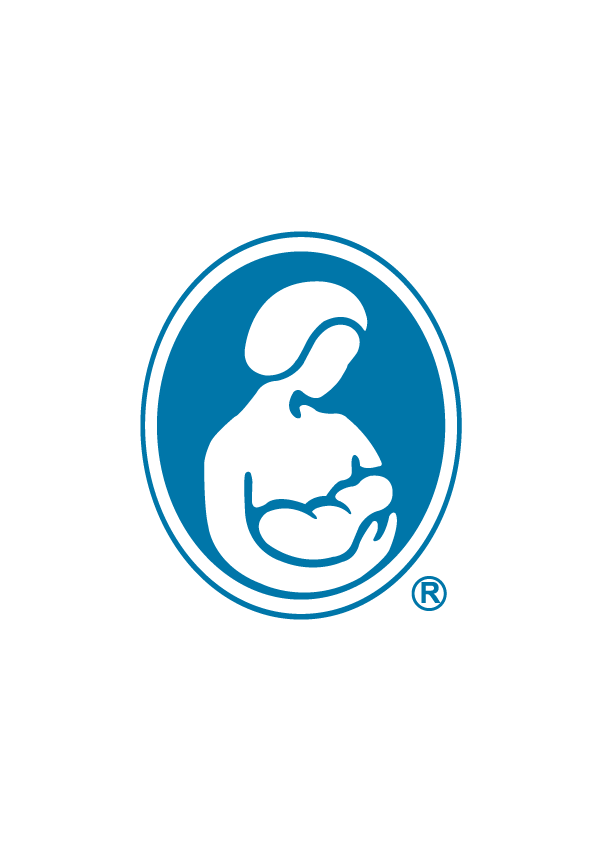Пин Ап казино – Официальный сайт Pin up играть онлайн | Зеркало и вход
Содержимое
-
Пин Ап казино – Официальный сайт
-
Преимущества Пин Ап казино
-
Играть онлайн в Pin Up Казино
-
Преимущества игры онлайн в Pin Up Казино
-
Зеркало и вход в Pin Up Казино
В наше время интернета и онлайн-игр, казино стали одним из самых популярных способов развлечения для многих людей. И среди них есть казино, которые выделяются своей уникальной атмосферой и играми. Одним из таких казино является Pin Up, которое уже давно завоевало популярность у игроков.
Pin Up – это казино, которое предлагает игрокам широкий спектр игр, включая слоты, карточные игры, рулетку и другие. Казино имеет официальный сайт, на котором игроки могут играть онлайн, а также использовать функцию зеркала, чтобы играть, если официальный сайт заблокирован.
Официальный сайт Pin Up – это место, где игроки могут играть в любое время и из любого места, имея доступ к интернету. Казино предлагает игрокам множество преимуществ, включая высокие ставки, различные бонусы и акции, а также безопасную и надежную систему оплаты.
Кроме того, на официальном сайте Pin Up есть функция входа, которая позволяет игрокам быстро и легко войти в свой аккаунт и начать играть. Функция входа обеспечивает безопасность и конфиденциальность игроков, а также позволяет им управлять своим аккаунтом и получать доступ к различным функциям казино.
В целом, Pin Up – это казино, которое предлагает игрокам уникальный игровой опыт, комфорт и безопасность. Если вы ищете казино, где можно играть онлайн и иметь доступ к различным играм, то Pin Up – это ваш выбор.
Важно! Перед игрой на официальном сайте Pin Up, убедитесь, что вы достигли возраста 18 лет и что игра в казино является законной в вашей стране.
Никогда не играйте в казино, если вы не уверены в своих финансовых возможностях.
Удачи в играх!
Пин Ап казино – Официальный сайт
Пин Ап казино – это популярная онлайн-игровая платформа, которая предлагает игрокам широкий спектр развлекательных и финансовых услуг. Официальный сайт Pin Up Casino – это место, где вы можете играть в игры, получать бонусы и выигрывать реальные деньги.
Преимущества Пин Ап казино
Один из главных преимуществ Пин Ап казино – это его официальный статус. Это означает, что платформа является законной и надежной, и игроки могут быть уверены в безопасности своих депозитов и выигрышей. Пин Ап казино также предлагает игрокам широкий спектр бонусов и акций, которые могут помочь им начать играть и получать выигрыши.
Кроме того, Пин Ап казино предлагает игрокам несколько способов оплаты, включая банковские карты, электронные деньги и другие. Это означает, что игроки могут легко и быстро начать играть и получать выигрыши.
Пин Ап казино также предлагает игрокам 24/7 поддержку, которая может помочь им решить любые вопросы или проблемы. Это означает, что игроки могут быть уверены в том, что они получат необходимую помощь в любое время.
В целом, Пин Ап казино – это надежная и популярная онлайн-игровая платформа, которая предлагает игрокам широкий спектр развлекательных и финансовых услуг. Если вы ищете новый способ играть и получать выигрыши, то Пин Ап казино – это идеальный выбор.
Играть онлайн в Pin Up Казино
Pin Up Казино – это популярная онлайн-игровая платформа, которая предлагает игрокам широкий спектр развлекательных и финансовых возможностей. В этом разделе мы рассмотрим, как играть онлайн в Pin Up Казино и какие преимущества это дает игрокам.
Для начала, игроки Pin Up Казино могут выбрать из более 3 000 игроков, включая слоты, карточные игры, рулетку, бинго и другие. Каждая игра имеет уникальные правила и стратегии, поэтому игроки могут выбрать игру, которая лучше всего подходит им.
Преимущества игры онлайн в Pin Up Казино
Играть онлайн в Pin Up Казино имеет несколько преимуществ. Во-первых, игроки могут играть с любого устройства, подключенного к интернету, что делает игру доступной для широкого круга людей. Во-вторых, игроки могут играть в любое время, что позволяет им планировать свою игру в соответствии с их графиком. В-третьих, игроки могут играть с другими игроками из всего мира, что создает возможность для общения и взаимодействия.
Бонусы и акции
Pin Up Казино предлагает игрокам различные бонусы и акции, которые могут помочь им начать игру или увеличить свои выигрыши. Например, новый игрок может получить бонус на депозит, а опытный игрок может получить бонус на рефбек. Игроки также могут участвовать в различных акциях и турнирах, которые могут принести им дополнительные выигрыши.
Безопасность и конфиденциальность
Pin Up Казино обеспечивает безопасность и конфиденциальность игроков, используя современные технологии и системы безопасности. Игроки могут быть уверены, что их личные данные и финансовые операции будут защищены.
В целом, играть онлайн в pin-up Pin Up Казино – это отличный способ развлечься и заработать деньги. Игроки могут выбрать из широкого спектра игроков, получать бонусы и акции, и быть уверены в безопасности и конфиденциальности своих данных.
Зеркало и вход в Pin Up Казино
Один из важных аспектов, который играет решающую роль в выборе онлайн-казино, – это безопасность и конфиденциальность. Pin Up Казино обеспечивает безопасность своих игроков, используя современные технологии шифрования и защищает их личные данные.
Вход в Pin Up Казино возможен через официальный сайт или зеркало. Зеркало – это дополнительный ресурс, который позволяет игрокам доступаться к играм и функциям казино, если официальный сайт временно недоступен. Это особенно важно для игроков, которые не могут играть на официальном сайте из-за тех или иных причин.
Для входа в Pin Up Казино через зеркало, игроки должны выполнить следующие шаги: ввести адрес зеркала, выбрать игру, которую они хотят играть, и авторизоваться, используя свои логин и пароль.
Pin Up Казино предлагает игрокам широкий спектр игр, включая слоты, карточные игры, рулетку и другие. Игроки могут играть на деньги или на тестовые деньги, что позволяет им попробовать игры и стратегии без риска.
В целом, Pin Up Казино – это надежный и безопасный ресурс, который предлагает игрокам широкий спектр игр и услуг. Вход в казино через зеркало – это дополнительный ресурс, который обеспечивает игрокам доступ к играм и функциям казино, если официальный сайт временно недоступен.
Важно! Перед входом в Pin Up Казино, игроки должны убедиться, что они достигли возраста 18 лет и что они не нарушат законодательство своей страны.
Pin Up Казино – это лучшее онлайн-казино, которое предлагает игрокам широкий спектр игр и услуг.
